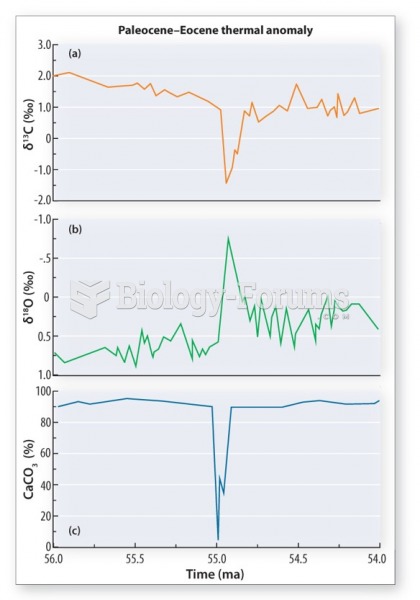Answer to Question 1
Correct Answer: 4
Rationale 1: Although it is a common adverse effect associated with peripheral vasodilation, facial flushing does not pose a serious risk to this client.
Rationale 2: This finding represents a normal respiratory rate.
Rationale 3: Although peripheral edema is an adverse effect associated with verapamil, minimal edema does not represent a more significant risk than another condition.
Rationale 4: This finding represents reflex tachycardia, a potential adverse effect of verapamil. Reflex tachycardia can lead to myocardial ischemia by increasing cardiac workload in a client with chronic stable angina.
Global Rationale: Heart rate 132 beats per minute represents reflex tachycardia, a potential adverse effect of verapamil. Reflex tachycardia can lead to myocardial ischemia by increasing cardiac workload in a client with chronic stable angina. Facial flushing is a common adverse effect associated with peripheral vasodilation, facial flushing does not pose a serious risk to this client. Respiratory rate 22 breaths per minute represents a normal respiratory rate. Although peripheral edema is an adverse effect associated with verapamil, minimal edema does not represent a more significant risk than another condition.
Answer to Question 2
Correct Answer: 4
Rationale 1: Isradipine is a dihydropyridine drug approved only for treatment of hypertension.
Rationale 2: Nifedipine is a dihydropyridine drug, and does not slow cardiac conduction.
Rationale 3: Nicardipine is a dihydropyridine drug with no effect on conduction within the myocardium.
Rationale 4: Diltiazem is a nondihydropyridine drug used to manage atrial fibrillation because it slows conduction through the SA node.
Global Rationale: Diltiazem is a nondihydropyridine drug used to manage atrial fibrillation because it slows conduction through the SA node. Isradipine is a dihydropyridine drug approved only for treatment of hypertension. Nifedipine is a dihydropyridine drug, and does not slow cardiac conduction. Nicardipine is a dihydropyridine drug with no effect on conduction within the myocardium.







